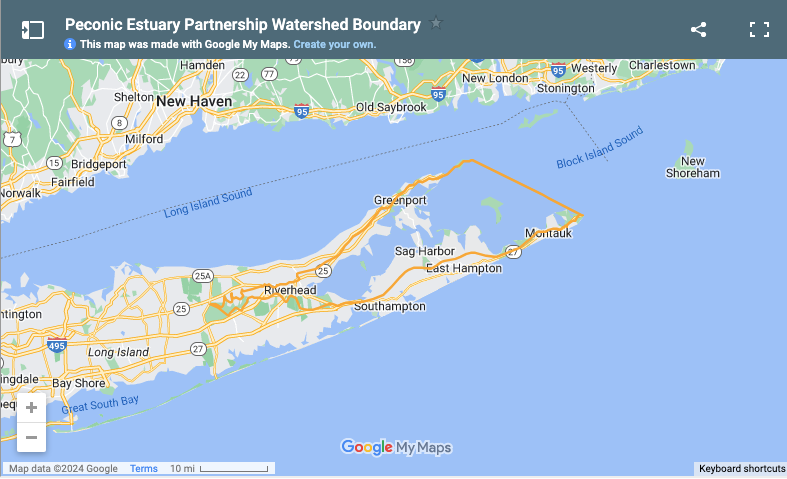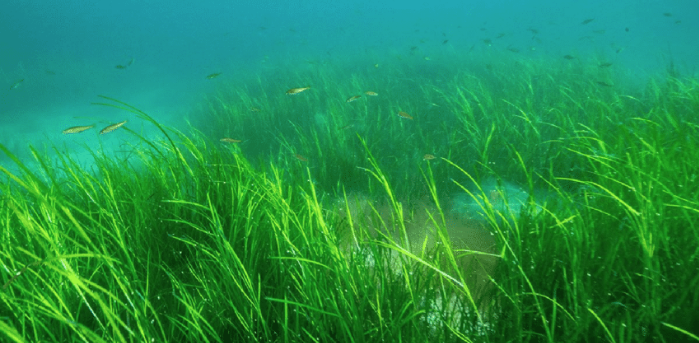Robert (Rob) Vasiluth is an innovative crusader who believes he has just the right method to resurrect the growth and sustainability of eelgrass in the Peconic waterways – with the approval of the Trustees last year, Mr. Vasiluth is eager to expand the project and assess last year’s plantings.

A few weeks ago, Mr.Vasiluth returned to the Trustees to present his plans for this year. His objective is to expand eelgrass growth in East Hampton waterways, specifically in Napeague Harbor, where he began his experiment last year. The Trustees were in favor of the continued project and asked that he provide them with the results as data.
Mr. Vasiluth will continue to work with the East Hampton Shellfish Hatchery and Cornell Cooperative Marine Program, Peconic Baykeeper, and Save the Sound.
With the support of the Trustees and continued collaboration with the director of the East Hampton Shellfish Hatchery’s John “Barley” Dunne, and East Hampton High School’s Environmental Awareness Club under the direction of the school’s social services department member, Aubrey Peterson. Last year, the students glued eel grass seed onto 1,907 clams according to Rob.
“There have been efforts to restore eelgrass by “broadcasting” eelgrass seeds on water, but that has failed, says Vasiluth. He came up with a new way.
His idea: using a glue to affix eelgrass seeds to clams. The clams would bury themselves in the sea bottom and the seeds could far better germinate, he thought. The concept has worked well.
The glue is cyanoacrylate—the ingredient that is the basis for Super Glue and Krazy Glue. It’s strong but “it’s biodegradable,” he emphasizes.” Suffolk CloseUp/ Karl Grossman

What is the importance of eelgrass?

Eelgrass is one of the most important plants in the ocean. It cleans the water, nurtures fish, absorbs climate-warming carbon, produces oxygen, and protects the coastline. Healthy eelgrass beds also support salmon, crab, and other wildlife that are important to the economy of many coastal communities.
“Seagrasses are “ecosystem engineers.”
For example, they take in carbon dioxide—improving chemical conditions for species affected by ocean acidification—and release oxygen, which marine animals need to breathe.
What contributes to the death of eelgrass?
Eelgrass is dying due to a combination of consequences from the warm water. Warm water attracts more invasive green crabs, which cut the eelgrass and eat softshell crabs, he said. This disturbs the naturally occurring species.
Read the full article about Robert Vasiluth’s eelgrass project here:
